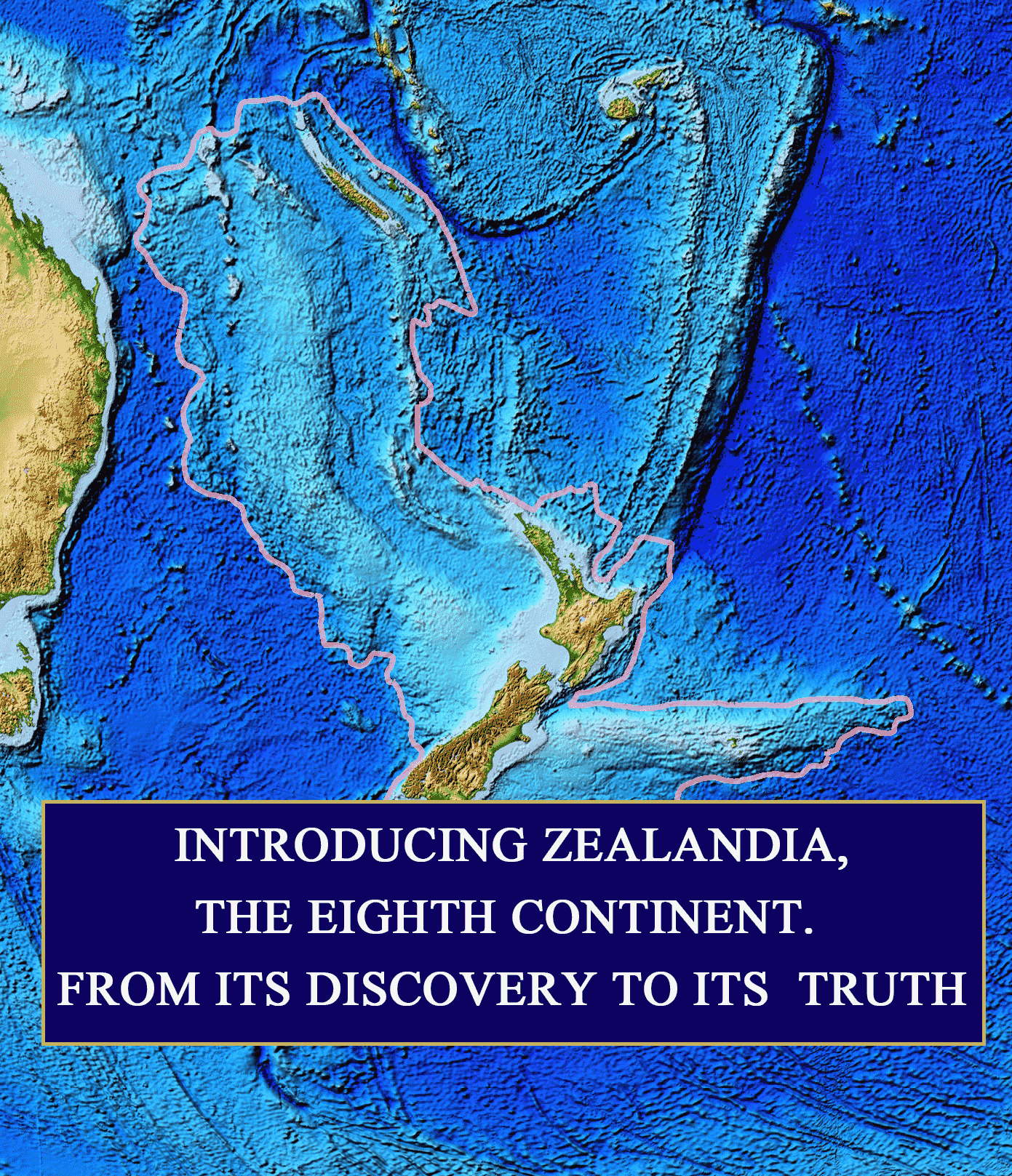Introducing Zealandia, The Eighth Continent. From Tts Discovery To It\'s Truth

In a surprising turn of geological discovery, the world has been introduced to Zealandia, an eighth continent hidden beneath New Zealand. On September 26, 2023, the prestigious geological journal, Tectonic, revealed this groundbreaking revelation, catapulting Zealandia into the global spotlight.
A Massive Submerged Continent
Zealandia is unlike any other discovery in recent history, boasting a size so immense that it dwarfs the entire Indian subcontinent, which includes India, Pakistan, Nepal, Bhutan, Bangladesh, Sri Lanka, and the Maldives. This extraordinary find has captured the attention of scientists, news outlets, and the world at large.
A Continent That Defied Detection
The revelation of Zealandia as a submerged continent raises numerous questions. How could such a vast landmass remain concealed for centuries? It's a puzzle that has captivated the scientific community and the general public alike.
Zealandia's obscurity can be traced back to its unique geological history. While the concept of a submerged continent beneath New Zealand may seem outlandish, the discovery is rooted in decades of research. This hidden landmass has been the subject of interest for New Zealand for some time, as it offered the potential to expand the country's territorial reach and resource access.
In 1982, the United Nations passed the United Nations Convention on the Law of the Sea, which stipulates that a country's jurisdiction extends 400 kilometers from its coastline, encompassing the natural resources and minerals present within that boundary. For New Zealand, proving Zealandia's status as a continent would significantly expand its territory, granting it six times the natural resources and minerals under its control.
A Journey of Discovery
In a bid to substantiate Zealandia's continental status, the New Zealand government enlisted international geologists to undertake an exhaustive investigation. Their primary goal was to establish Zealandia as a legitimate continent, thus reshaping the nation's economic prospects.
The collaborative efforts of these researchers led to a startling revelation. The composition of the rocks beneath New Zealand resembled that of a continent, specifically granite, rather than the typical basalt found on the ocean floor. This anomaly gave birth to the Zealandia continent.
The Road to Recognition
Despite its groundbreaking potential, Zealandia's recognition as a continent remained elusive for decades. One critical factor in defining a landmass as a continent is precise satellite mapping, a crucial element lacking in the case of Zealandia.
In 2017, the official satellite mapping of Zealandia commenced, culminating in the confirmation of its status as a continent on September 12, 2023. This long-awaited recognition marked a significant milestone in our understanding of Earth's geological makeup.
Unearthing Zealandia's Ancient Origins
Unraveling Zealandia's history takes us back in time to the era of the supercontinent Pangaea. Geological activity eventually led to the splitting of Pangaea into two continents: Laurasia and Gondwana. Gondwana ventured southward, ultimately giving rise to modern southern continents.
Around 170 million years ago, Africa broke free from Gondwana, followed by Antarctica and Australia. Zealandia, an unrecognized landmass, separated and sank beneath the sea, in close proximity to the Indo-Australian and Pacific plates. The intense tectonic activity at the time accelerated Zealandia's descent into the ocean, culminating in its complete submersion 50 to 35 million years ago.
Geological evidence, in the form of volcanic basalt rock formations, provides a vivid account of Zealandia's sinking. These formations emerge as magma rises between rapidly diverging tectonic plates, solidifying into distinct stripes as they encounter the cold seawater. The Zealandia landmass, situated above these patterns, continued to submerge.
Zealandia: An Anomaly of Geography
Zealandia challenges conventional definitions of continents. While it resides beneath the ocean's surface, it meets the four key criteria for continental classification: composition, elevation, size, and having its own tectonic plate. Zealandia's elevation, standing at approximately 1,100 meters above the average depth of the South Pacific Ocean, distinguishes it from the surrounding ocean floor.
Its vast expanse, covering about 4.9 million square kilometers, is equivalent in size to the Australian continent. Additionally, Zealandia possesses its distinct tectonic plate, known as the Zealandia Plate.
Redefining Geological Boundaries
The emergence of Zealandia beckons a reconsideration of geological definitions. Rather than fitting unique discoveries into existing categories, this discovery highlights the need for alternative classifications, much like the introduction of the "dwarf planet" category for celestial bodies like Pluto.
Zealandia is not just a geological revelation; it's a reminder of the ever-evolving nature of scientific understanding. As new discoveries continue to reshape our perceptions of the world, Zealandia stands as a testament to the vast, hidden wonders that still exist beneath the Earth's surface, awaiting their moment in the spotlight.
YOU MAY ALSO LIKE THIS
Top Free AI Websites in 2025 and Their Key Features
Artificial Intelligence continues to revolutionize how we work, create, and communicate, and 2025 offers an impressive array of fr..
9 Hour Ago
2025 Global Entertainment Industry Sees Rising Streaming Subscriptions..
The global entertainment industry in 2025 continues to evolve rapidly with streaming platforms leading the way in reaching new aud..
2 Day Ago
Global Carbon Emissions Hit Record High in 2025 Despite Climate Effort..
In 2025, global carbon dioxide emissions from fossil fuels reached a record high, increasing by 1.1% compared to the previous year..
2 Day Ago

_1763308546.png)
 (1)_1763140461.png)
_1763140142.png)

